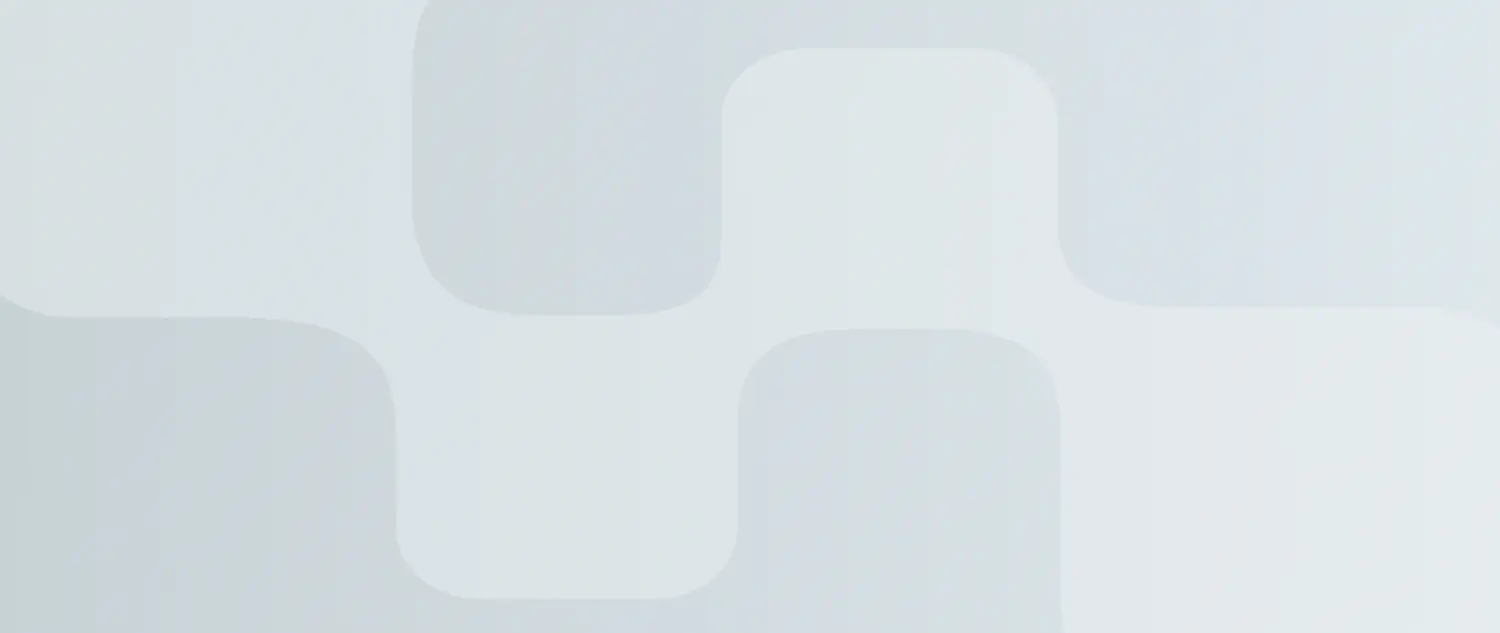- De
- En




UNESCO has coined the term “Open Educational Resources” (OER) and sees it as a forward-looking opportunity to promote knowledge societies and education for all people worldwide.
According to UNESCO’s definition, Open Educational Resources are educational materials of any kind and in any medium that are available under an open license.
Such a license allows free access as well as free use, editing and redistribution by others without or with minor restrictions. The authors themselves determine which rights of use they grant and which rights they reserve.
Open Educational Resources function in the interaction of so-called “open” or “free licenses”. This is central to an understanding of OER. When a person creates something, the product automatically falls under copyright protection and then cannot be modified or publicly distributed without the person’s permission. This is different when published under a free license.
Then it is possible for everyone to use the content, freely modify it if necessary, distribute it and publish it. Open educational content therefore has a license and also conditions, namely that of Creative Commons:
CC0 (Public Domain): more or less unrestricted use is allowed.
CC BY: The material may be used openly, but the name of the author must be mentioned.
CC BY-SA: Open use is allowed, but with attribution of the person providing the material and publication under the same license as the original content.
An example: An OER content can be supplemented or edited by the author and the result can be shared. The material may be shared publicly in compliance with the Creative Commons licensing conditions, which are indicated directly on the content.
We have been involved in several OER projects and have successfully contributed our expertise in hosting, scaling, interfaces and data quality.
The BIRD project represents the first of a total of four prototypes for a future National Education Platform and enables the testing of structures for data exchange, the interoperability of different platform types and the implementation of standards.
The main task of the GWDG in the BIRD project is to support the networking and connection of OER infrastructures. Here, we draw on extensive experience gained in designing scalable OER infrastructures at national as well as European level in the JOINTLY and Up2U projects (see below).
The project is funded by the BMBF.
The collaborative project JOINTLY supports OER actors* in the development and dissemination of their open educational materials by organizing knowledge transfer and cooperation activities among them.
We are particularly involved in the area of networking of IT actors and knowledge transfer as well as market overviews. In addition, we are further developing prototypes that were created in joint hackathons and outlining connection possibilities to an OER-promoting infrastructure.
The project is funded by the BMBF.
At the beginning of the Corona pandemic, the further development of a prototype for scalable OER infrastructures developed in the JOINTLY project led to the BMBF-funded sub-project “WirLernenOnline” within the OpenEduHub. There, free educational materials from various sources and portals are made available in an overarching search. As a hub, WirLernenOnline in turn plays back this content to connected repositories.
The necessary infrastructure is hosted on our kubernetes cluster.
The main goal of Up2U is to bridge the gap between secondary schools, higher education and research. Formal as well as informal learning scenarios should be better integrated on the one hand and on the other hand both technology and methodology should be adapted to the needs of the learners.
An “eduOER portal” was also connected to Up2U, enabling the use of free educational materials within the platform.
The GWDG provided the necessary infrastructure for Up2U and supervised its productive operation.
The project was funded by the European Union within the framework of Horizon 2020.